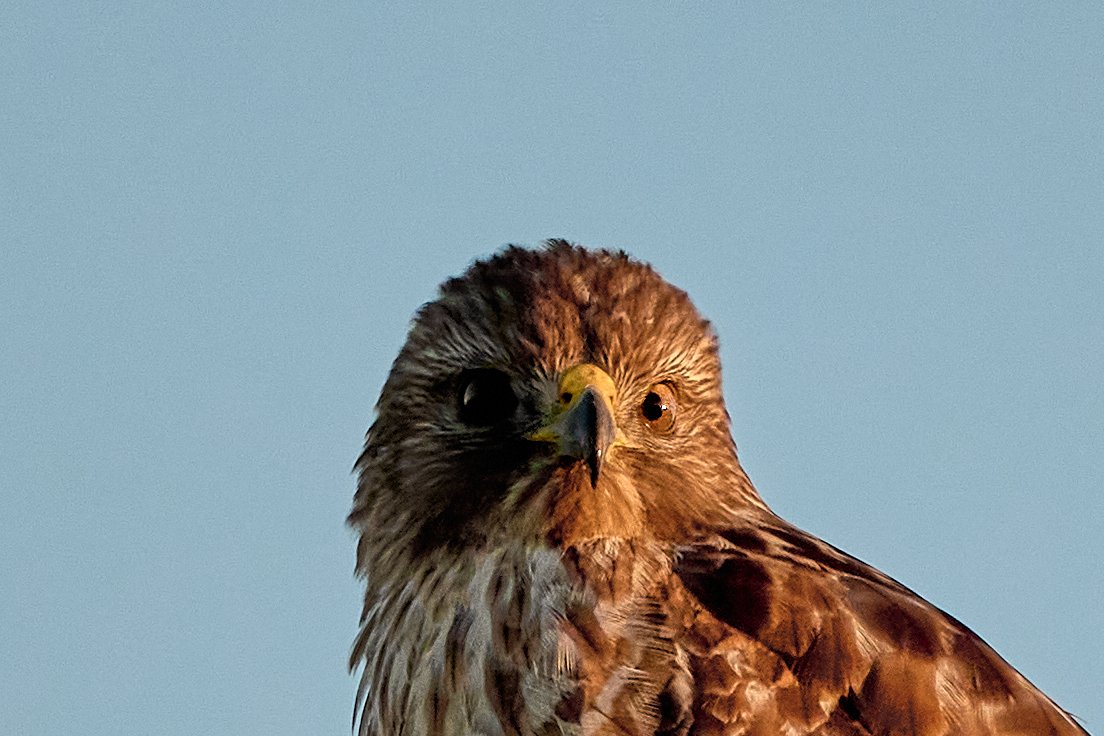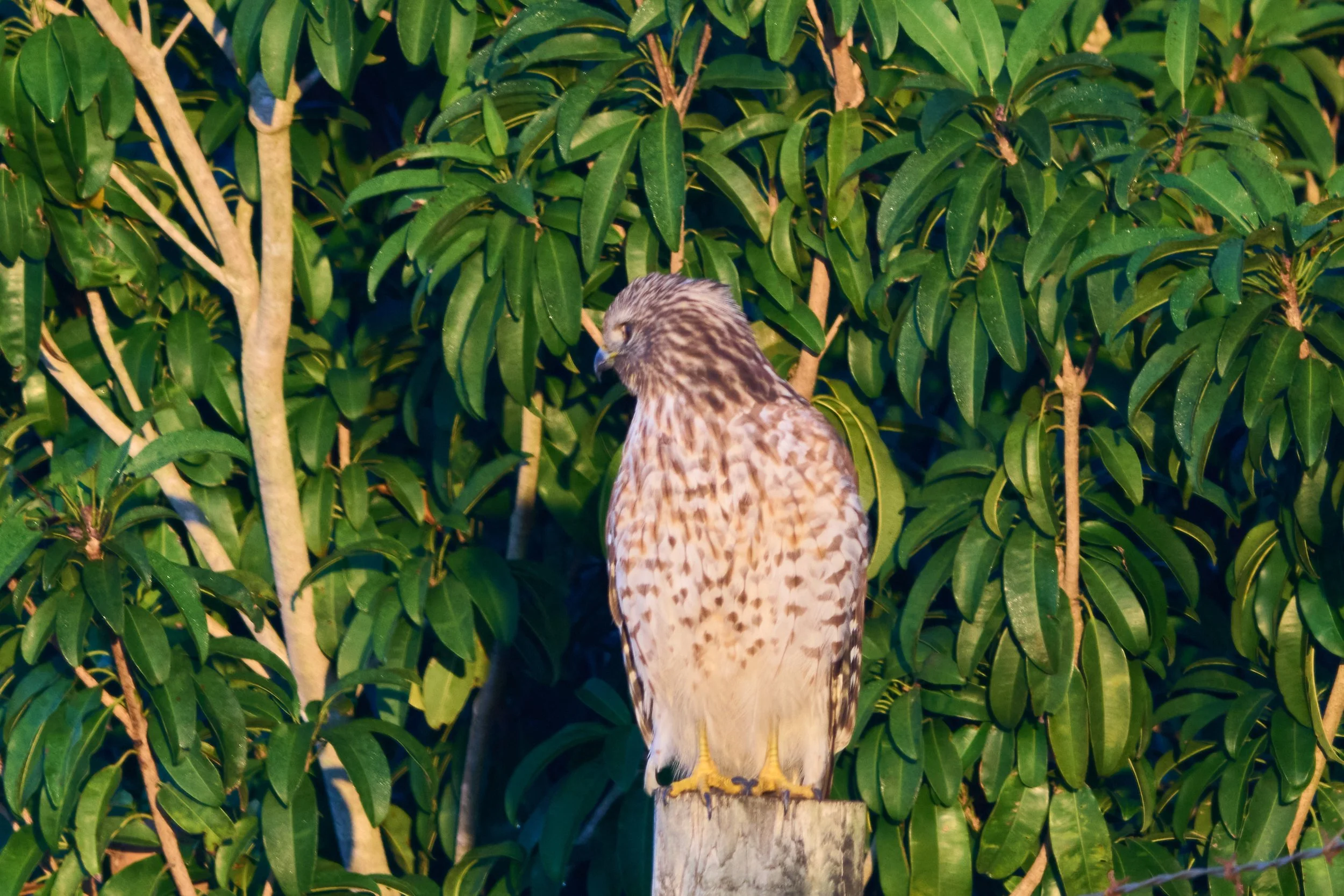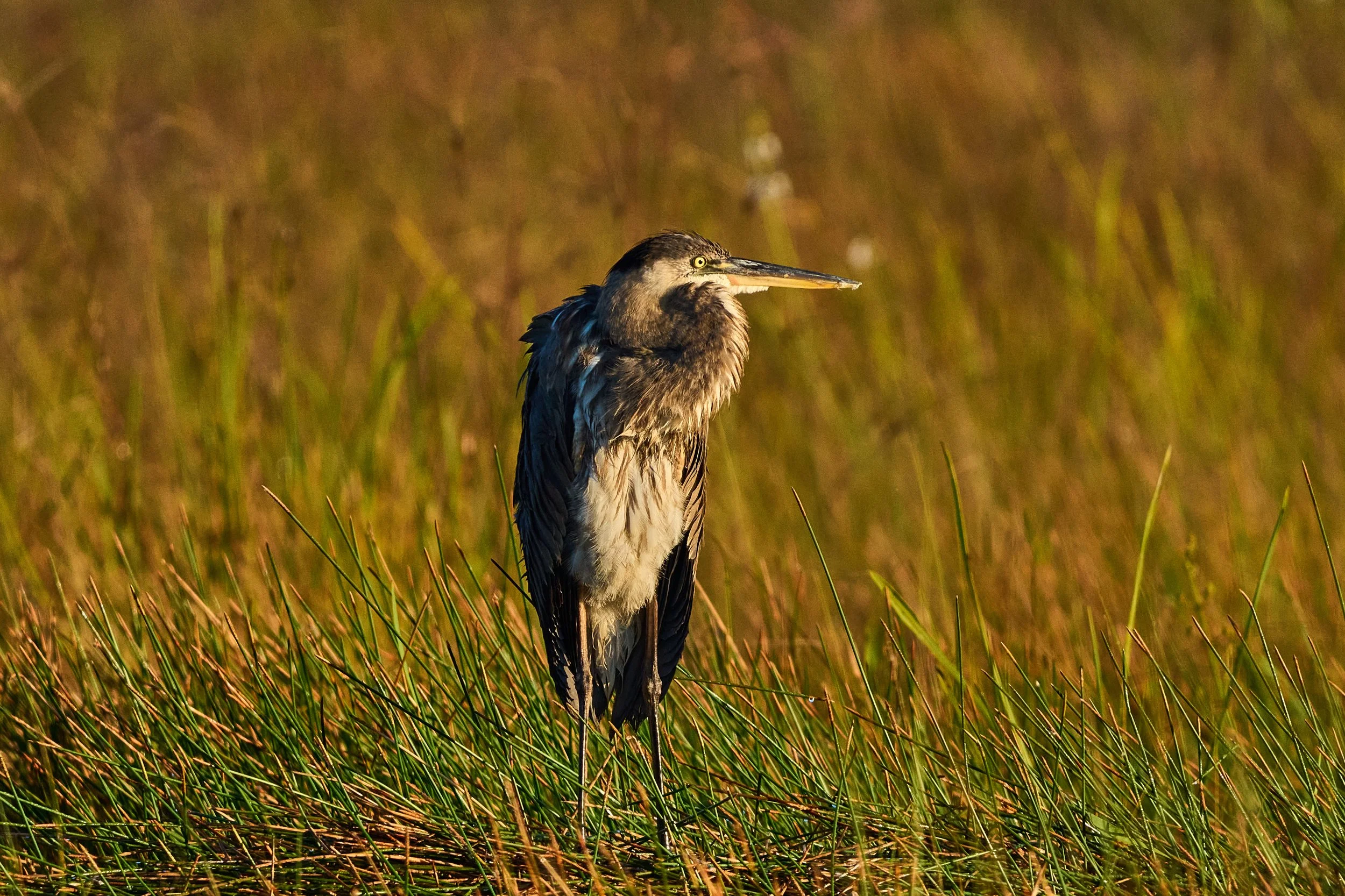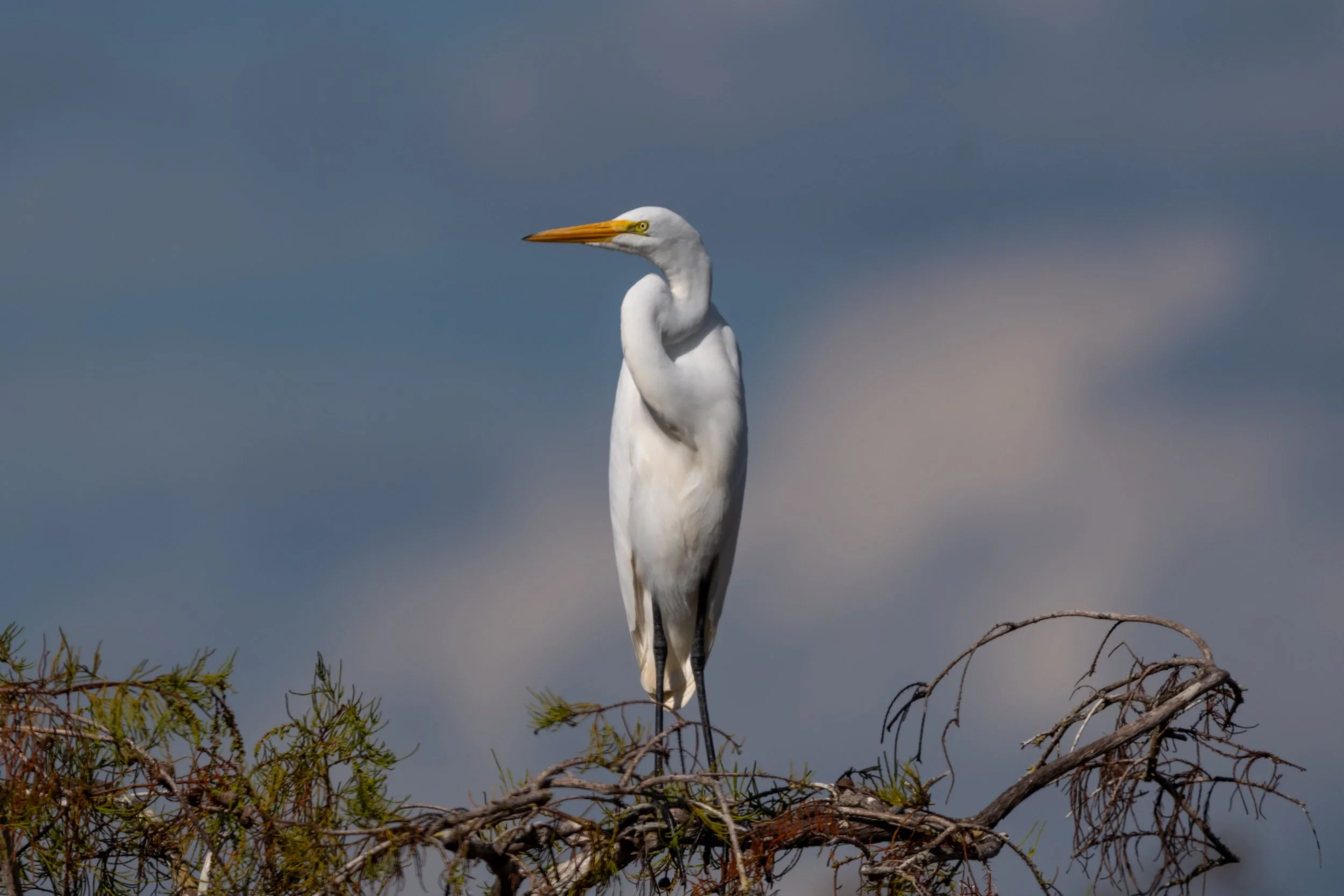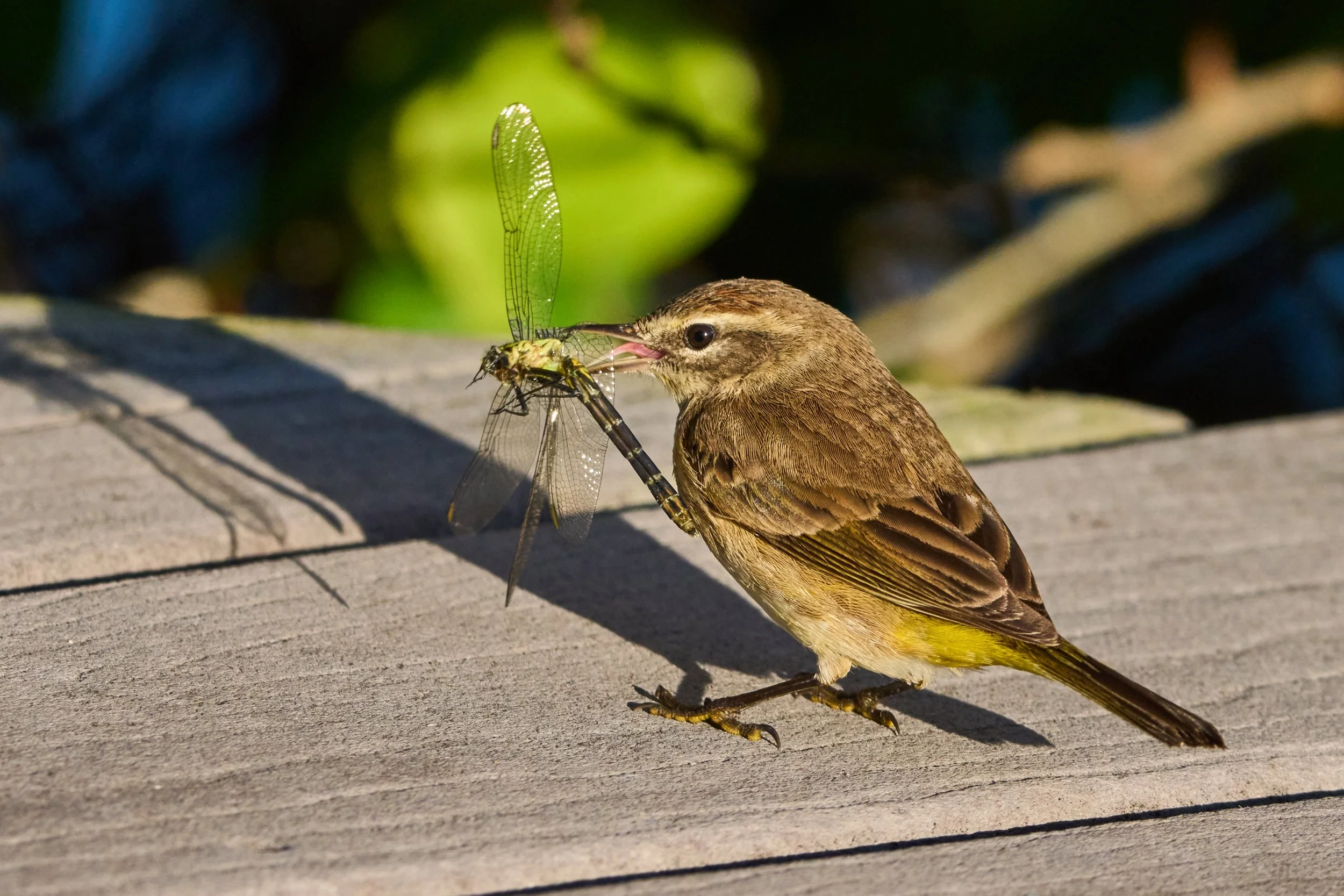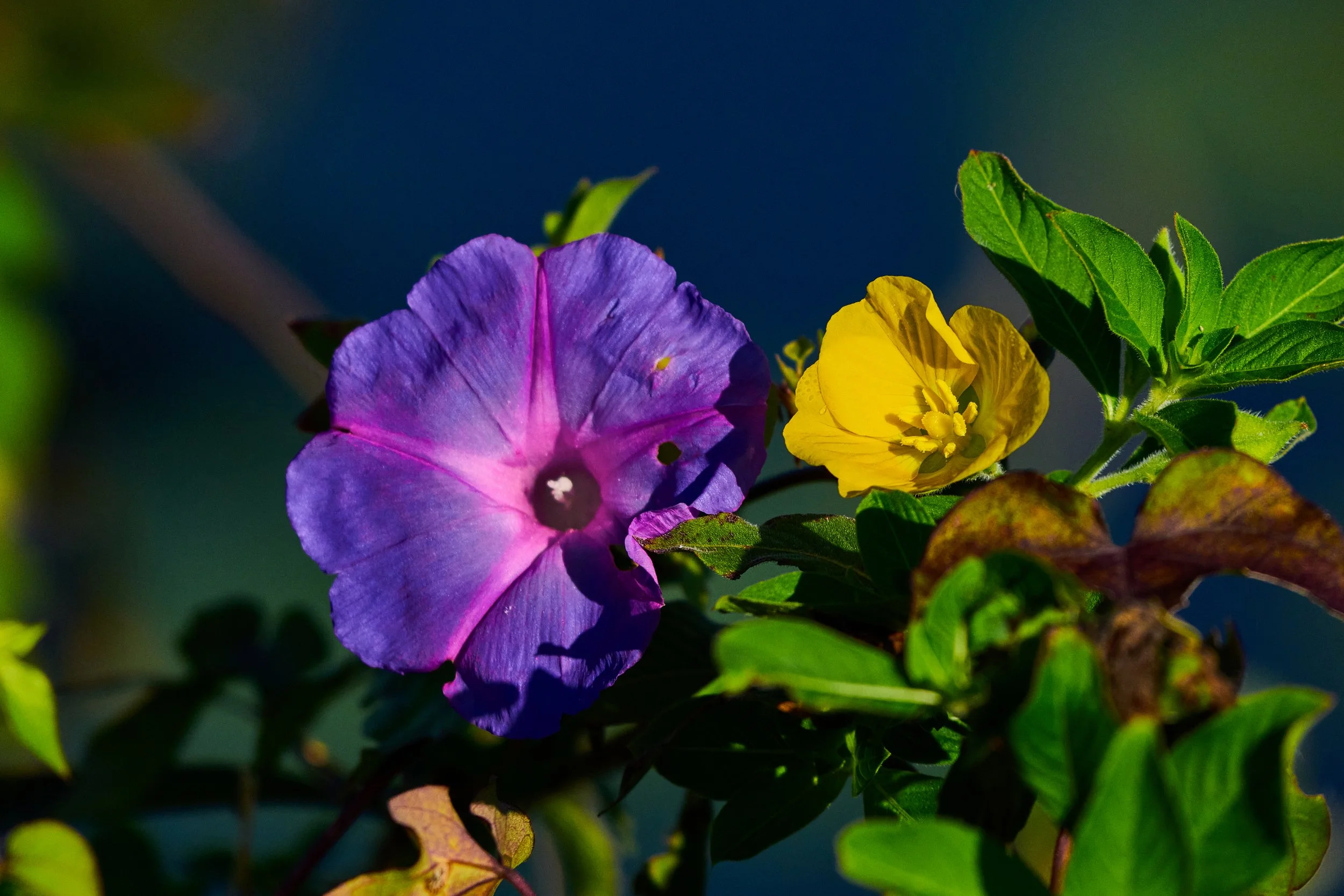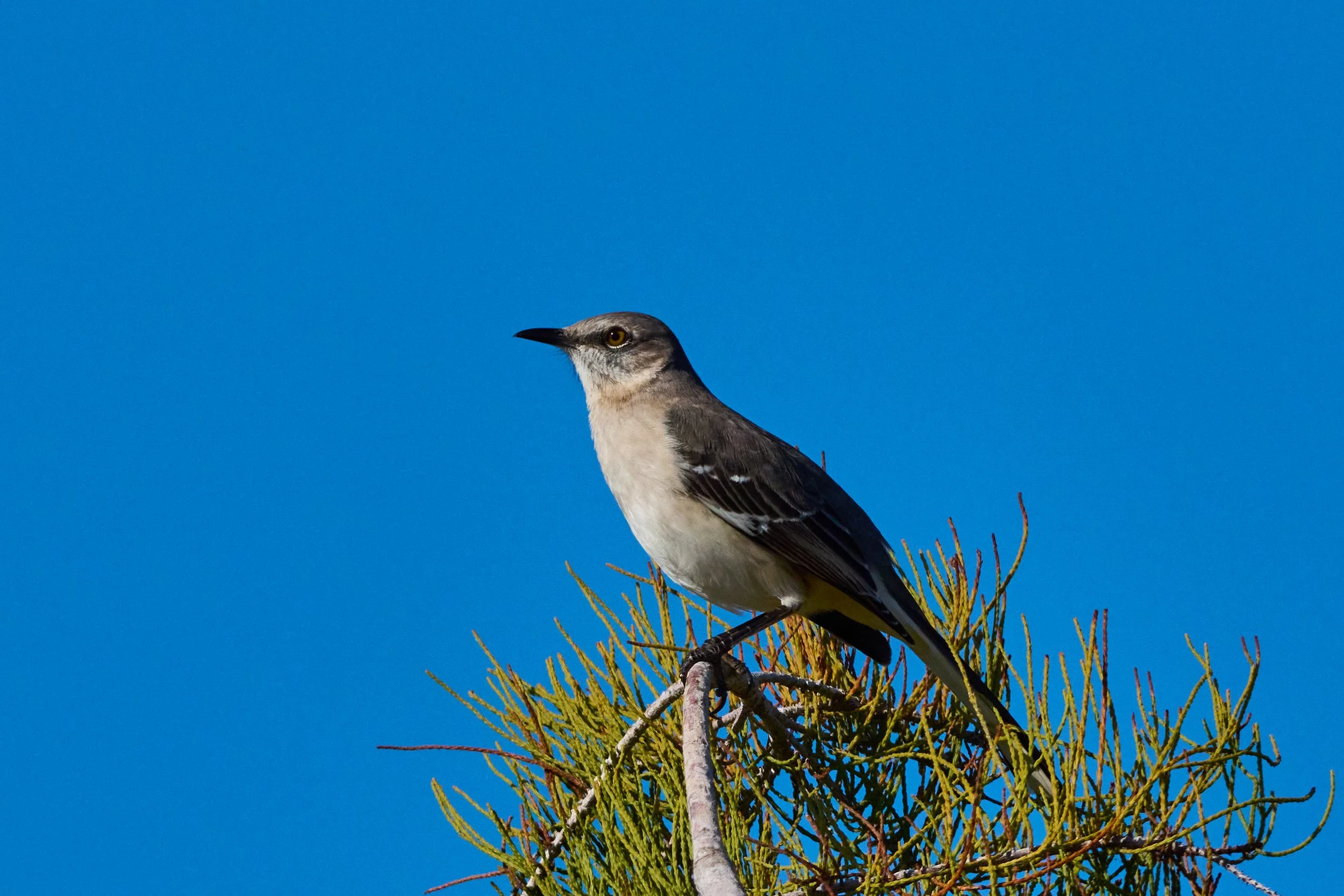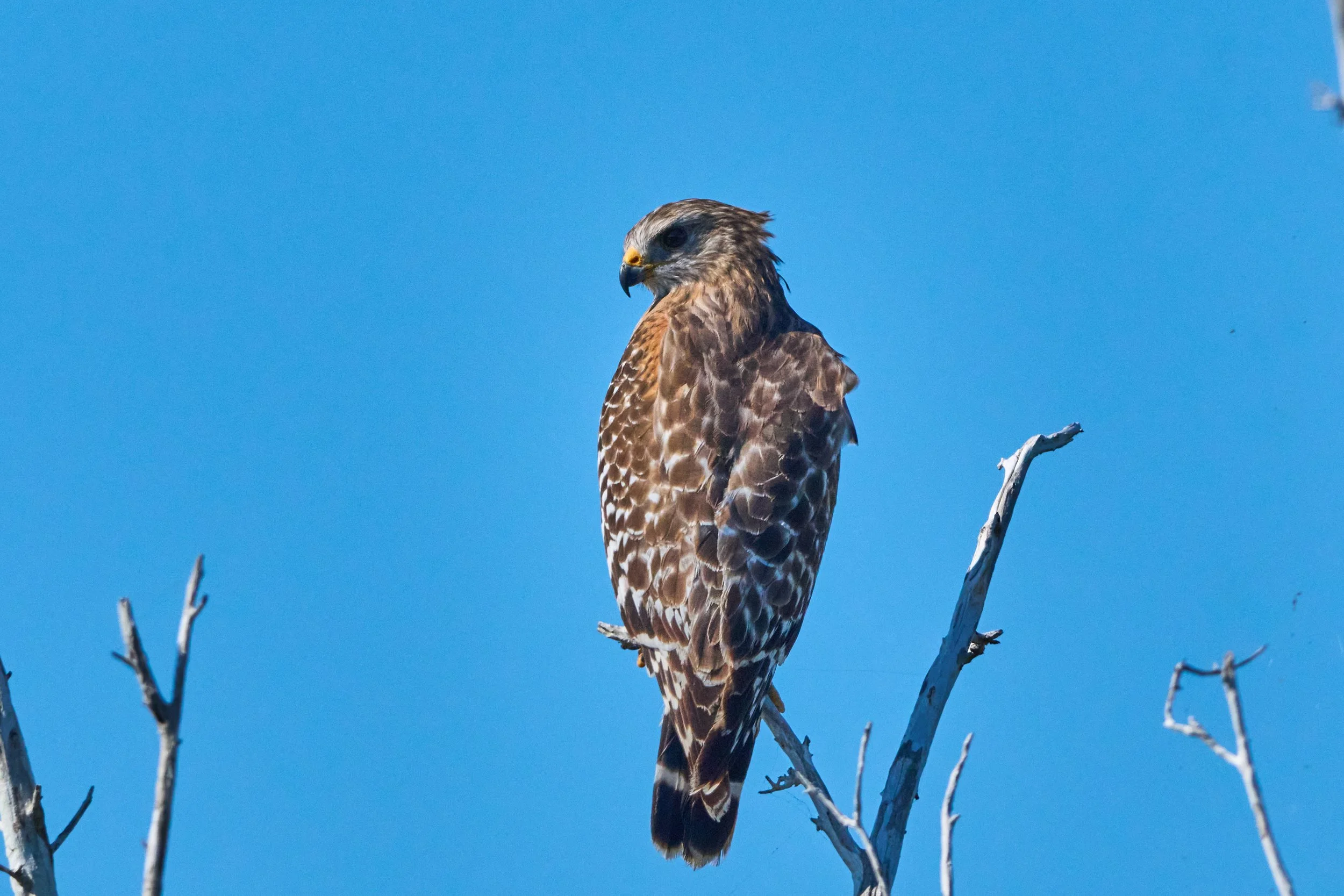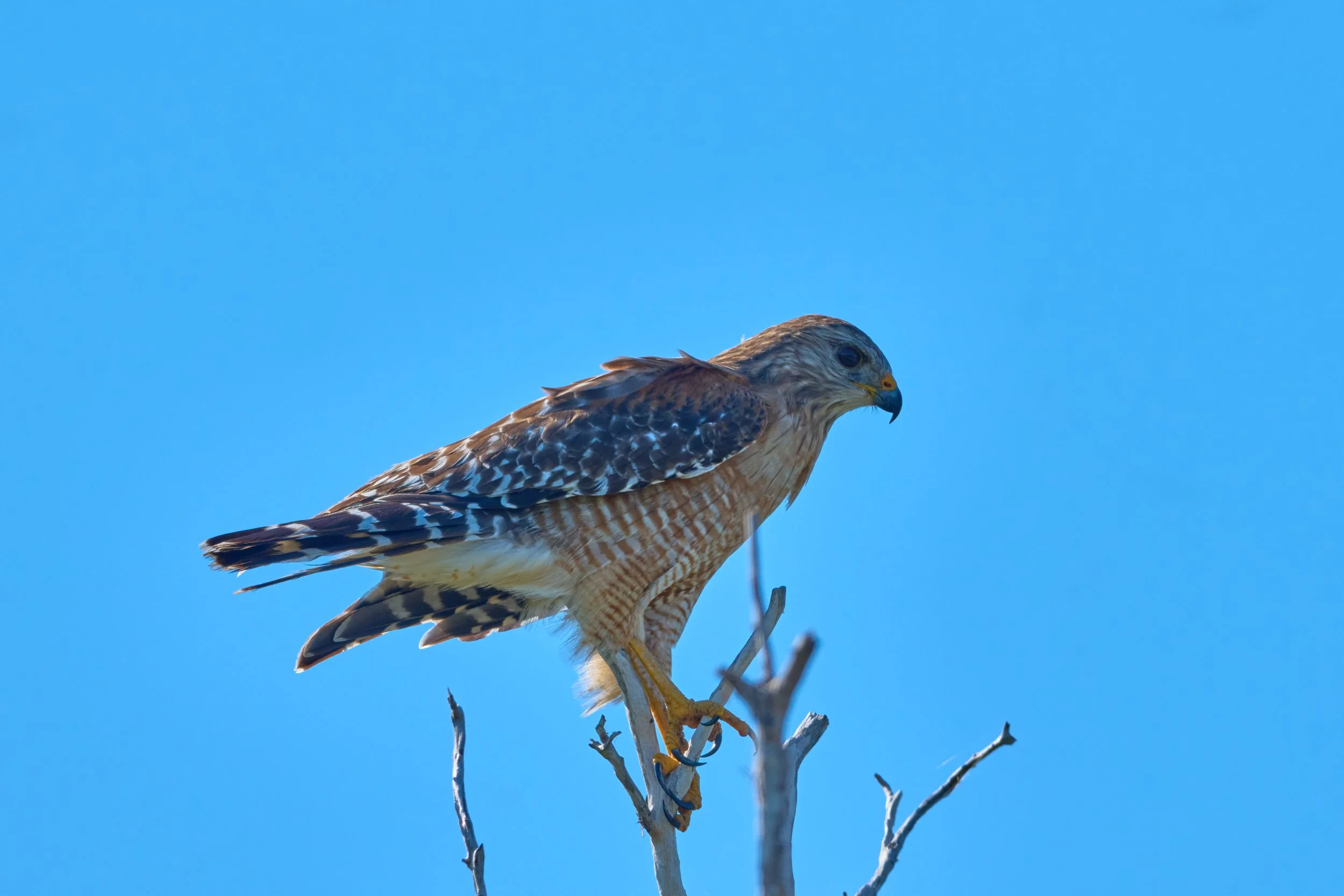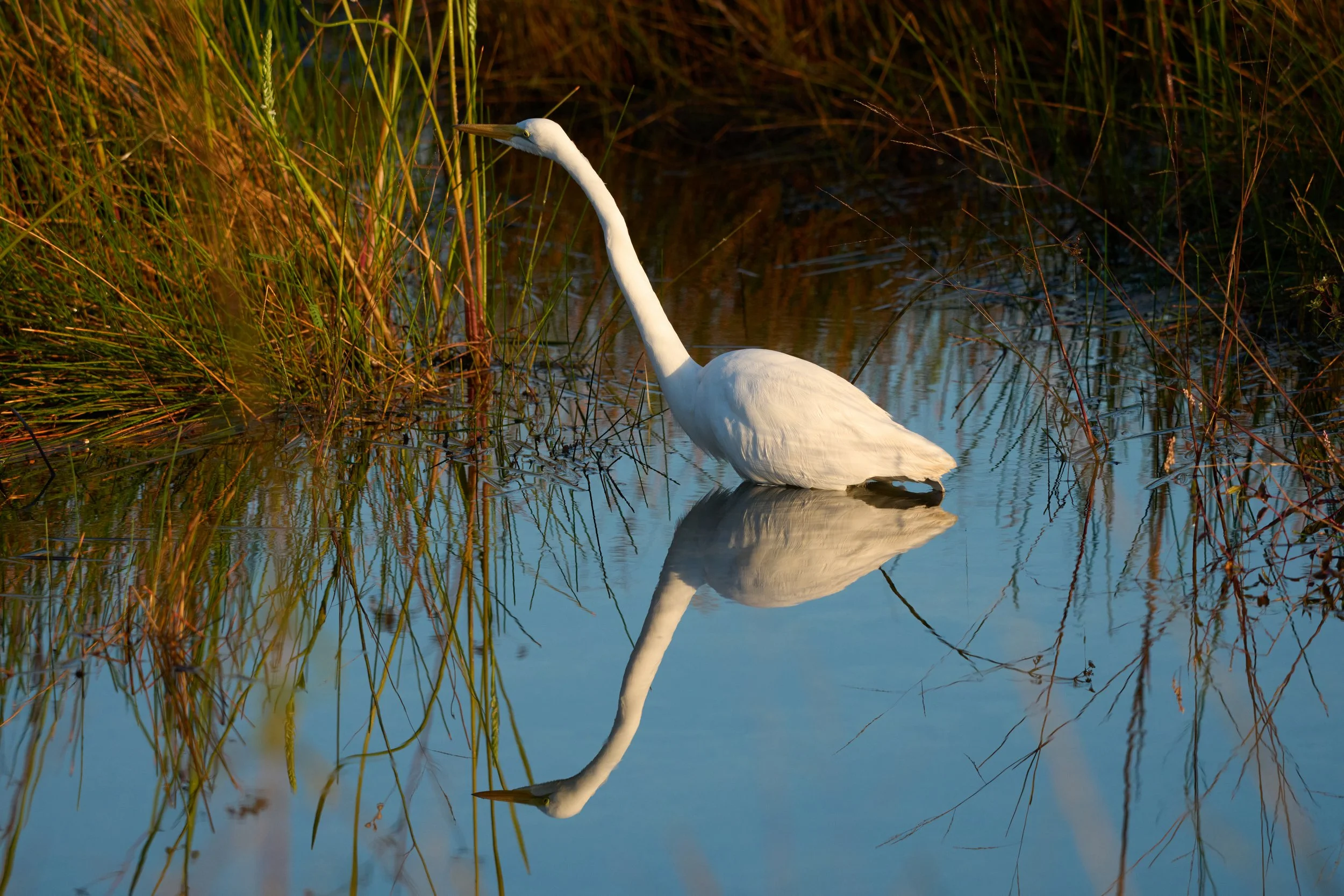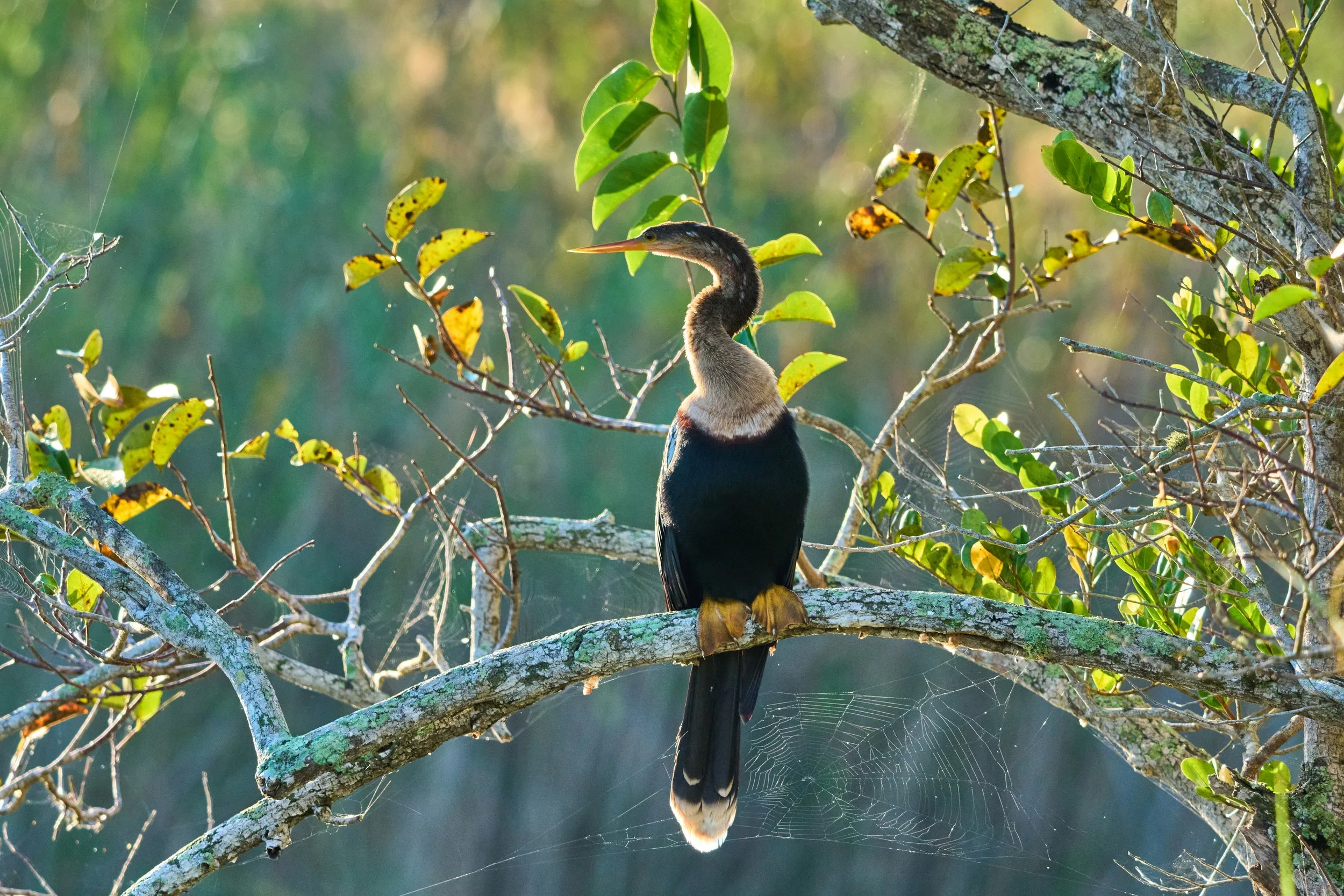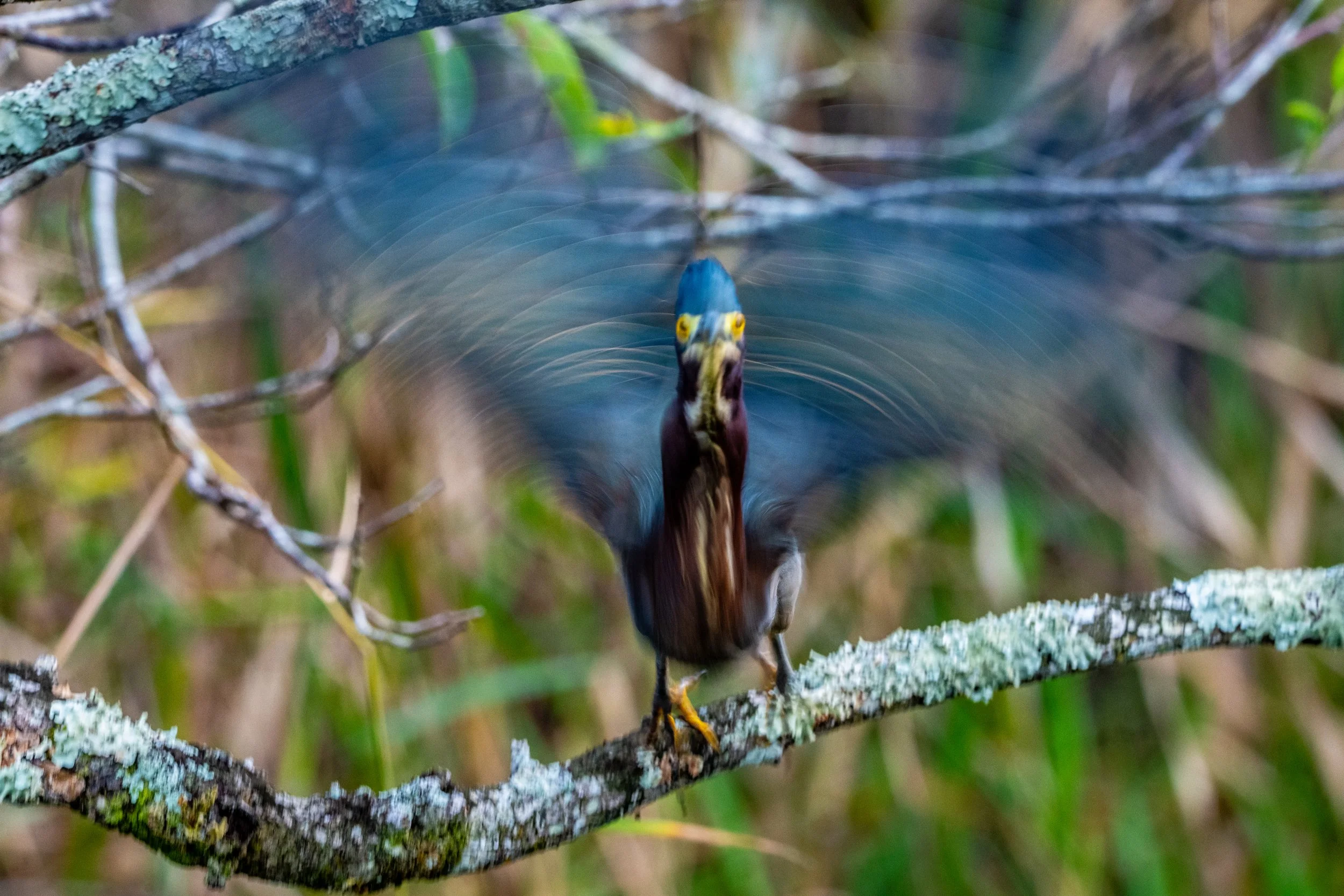Everglades National Park
The Everglades National Park was more than just a place on the map of my childhood — it was a living, breathing frontier of mystery. Whenever I visited my grandparents in South Florida, the wild heart of the Everglades lay only a short drive west, waiting like a secret kingdom at the edge of civilization.
I remember the moment the landscape shifted: the neat suburban streets gave way to endless horizons of sawgrass, each blade tall and proud, swaying in the humid breeze like an ocean of green. The sound was hypnotic — a soft rustling that seemed to whisper ancient stories carried on the wind.
Back then, the Everglades felt untamed, almost forbidden. It was a realm of creatures both fierce and elusive: alligators gliding silently through dark waters, raccoons darting mischievously along the banks, deer stepping cautiously through the marsh, and the rare, ghostlike Florida panther prowling unseen. Above it all, the sky was alive with wings — herons, egrets, ibises, and hawks — each bird a brushstroke in nature’s grand mural.
We never truly entered this wilderness; instead, we skimmed its edge along the Alligator Highway, a ribbon of asphalt cutting through the unknown. To a child, it was thrilling — a passage through a land that felt both dangerous and sacred, a place where the ordinary rules of the world no longer applied.’
At that time of my life, the closest I ever came to stepping into the enigmatic world of the Everglades was aboard those glass-bottom tour boats, vessels that seemed to float between two realms — the familiar and the unknown. They skimmed lightly along the watery edge of the wilderness, never plunging deep, yet offering tantalizing glimpses of what lay beyond.
Through the clear panels beneath my feet, I watched shadows glide silently under the surface — fish darting like silver streaks, the ripple of unseen creatures stirring the dark waters. Each ride was brief, but it carried the weight of a revelation. The Everglades revealed itself in fragments: a flash of movement, a rustle in the reeds, the haunting cry of a bird echoing across the endless horizon.
Those moments stirred something primal in me. It was as if the Everglades whispered secrets meant only for those willing to listen — secrets of survival, of beauty hidden in danger, of life thriving in places where most would fear to tread. The air was thick with mystery, humid and heavy, carrying scents of earth and water, of wildness untamed.
I felt both awe and unease, a delicious tension between fear and fascination. The Everglades were not simply a place; they were an invitation to adventure, a challenge to step beyond comfort and into a world where every sound, every shadow, every ripple hinted at stories untold.
Those boat rides touched something deep within me — a yearning to explore, to learn, to understand, and most of all, to experience a realm that was at once terrifying and exhilarating. The Everglades became more than a destination; they became a dream, a myth, a living frontier that called to me with a voice both exotic and eternal.
The Everglades were not just a park. They were a myth made real, a vast and exotic wilderness that stirred the imagination and left me with a sense of awe that has never faded.
Today, when I return to the Everglades, I see a land forever altered by mankind’s restless hand. What was once a boundless river of grass — flowing freely, whispering its secrets to the wind — is now interrupted by canals, dams, and roadways that choke its lifeblood. Development has crept closer, shrinking the wilderness, carving away at the habitats that once sheltered creatures both fierce and fragile. And perhaps most devastating of all, invasive species have invaded like silent conquerors, unraveling the delicate balance that sustained this exotic kingdom for millennia.
Each visit reminds me of what has been lost. The chorus of native birds grows quieter, the sightings of deer and raccoons rarer, the elusive Florida panther more myth than reality. With every passing day, the chance to witness these native species in their rightful home diminishes, like sand slipping through an hourglass.
Yet even in its wounded state, the Everglades still stirs something deep within me. When I walk its trails or glide across its waters, I feel the same thrill I did as a child — that intoxicating mix of fear and wonder, of stepping into a world both dangerous and divine. My camera may capture fragments of its beauty, but the true gift lies in the journey itself: the rustle of sawgrass in the breeze, the shimmer of sunlight on water, the haunting cry of a heron cutting through the silence.
This land is more than a park. It is a living story, a rare and exotic wilderness that connects us to something greater than ourselves. To lose it would be to lose a piece of our collective soul — a reminder that nature is not ours to conquer, but ours to protect.
Through my eyes, the Everglades is not just worth saving; it is essential. It is a sanctuary of life, a teacher of balance, and a mirror reflecting both the beauty and fragility of our planet. If we allow it to vanish, we are not only erasing a landscape — we are erasing the chance for future generations to feel the awe, the mystery, and the profound connection that I have carried with me all my life. This is the jouney that has led me here, to capture what remains of this beautiful yet fragile enviornment, confirming once again that sometimes the beauty of photography lies not in the perfect shot, but in the journey that leads us there.



